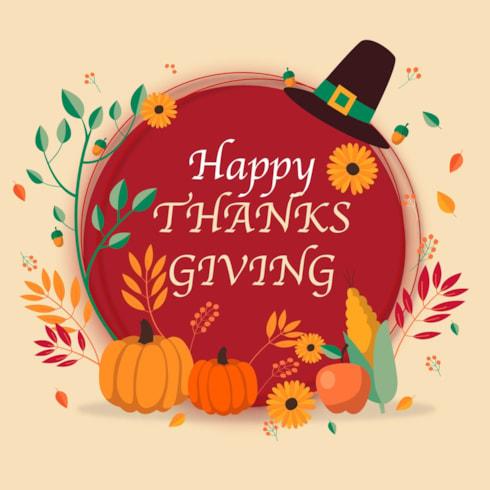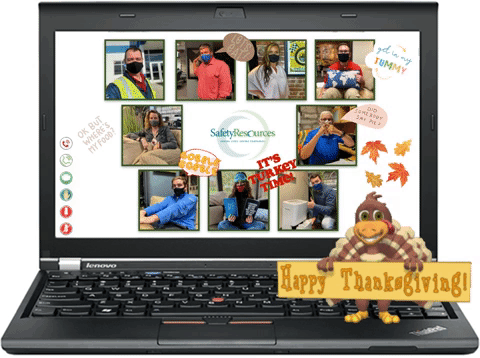
According to an article recently published by the NSC (National Safety Council), Holiday safety is an issue that burns brightest from late November to mid-January, when families gather, parties are scheduled and travel spikes. Take some basic precautions to ensure your family remains safe and injury-free throughout the season.
Traveling for the Holidays? Be Prepared
Many people choose to travel by car during the holidays, which has the highest fatality rate of any major form of transportation based on fatalities per passenger mile. Alcohol impairment is involved in about a third of fatalities. Stay safe on the roads over the holidays and every day:
- Prepare your car for winter and keep an emergency preparedness kit with you.
- Get a good night’s sleep before departing and avoid drowsy driving.
- Leave early and plan ahead for heavy traffic.
- Make sure every person in the vehicle is properly buckled up no matter how long or short the drive.
- Put that cell phone away; many distractions occur while driving, but cell phones are the main culprit.
- Practice defensive driving.
- Designate a sober driver to ensure guests make it home safely after a holiday party; alcohol or over-the-counter, prescription and illegal drugs can cause impairment.
Decorate Safely
Decorating is one of the best ways to get in a holiday mood, but emergency rooms see thousands of injuries involving holiday decorating every season. When decorating follow these tips from the U.S. Consumer Product Safety Commission:
- Keep potentially poisonous plants (mistletoe, holly berries, Jerusalem cherry and amaryllis) away from children or pets.
- If using an artificial tree, check that it is labeled “fire resistant”.
- If using a live tree, cut off about 2 inches of the trunk to expose fresh wood for better water absorption. Remember to water it and remove it from your home when it is dry.
- Place your tree at least 3 feet away from fireplaces, radiators and other heat sources, making certain not to block doorways.
- Avoid placing breakable ornaments or ones with small, detachable parts on lower tree branches where small children or pets can reach them.
- Only use indoor lights - indoors and outdoor lights – outdoors; choose the right ladder for the task when hanging lights.
- Replace light sets that have broken or cracked sockets, frayed or bare wires, or loose connections.
- Follow the package directions on the number of light sets that can be plugged into one socket.
- Never nail, tack or stress wiring when hanging lights; keep plugs off the ground away from puddles and snow.
- Turn off all lights and decorations when you go to bed or leave the house.
Watch Out for Fire-Starters
Candles and Fireplaces - Use of candles and fireplaces, combined with an increase in the amount of combustible, seasonal decorations in many homes during the holidays, means more risk for fire. The National Fire Protection Association reports that one-third of home decoration fires are started by candles and that two of every five decoration fires happen because the decorations are placed too close to a heat source.
- Place candles where they cannot be knocked down or blown over and out of reach of children and pets.
- Keep matches and lighters up high and out of reach for children (like in a locked cabinet).
- Use flameless, rather than lighted, candles near flammable objects.
- Do not burn trees, wreaths or wrapping paper in the fireplace.
- Use a screen on the fireplace at all times when a fire is burning.
- Never leave candles or fireplaces burning unattended or when you are asleep.
- Check and clean the chimney and fireplace area at least once a year.
Turkey Fryers - Be alert to the dangers if you are thinking of celebrating the holidays by frying a turkey. The Consumer Product Safety Commission reports there have been 154 turkey-fryer related fires, burns or other injuries since 2004, with $5.2 million in property damage losses have resulted from these incidents.
NOTE: The NSC discourages the use of turkey fryers at home and urges those who prefer fried turkey to seek out professional establishments or consider using an oil-less turkey fryer. If you must fry your own turkey, follow all U.S. Fire Administration turkey fryer guidelines.
Food Poisoning Is No Joke
Keep your holidays happy by handling food safely. Food Safety from the U.S. Department of Health and Human Services provides some valuable holiday food safety tips:
- Wash your hands frequently when handling food.
- Keep raw meat away from fresh produce.
- Use separate cutting boards, plates and utensils for uncooked and cooked meats to avoid cross-contamination.
- Use a food thermometer to make sure meat is cooked to a safe temperature.
- Refrigerate hot or cold leftover food within two hours of being served.
- When storing turkey, cut the leftovers in small pieces so they will chill quickly.
- Thanksgiving leftovers are safe for three to four days when properly refrigerated.
To read this article in its entirety, please visit NSC Enjoy A Safe Holiday Season.
From our Safety Resources Family, we wish you all a
HAPPY and SAFE Thanksgiving!

Workplace Safety and Training Solutions, check out our
Safety and OSHA Training section!
Do you have a training need or a question for one of our Safety Consultants?
We are here for you – Contact Us.
Check out our Upcoming Networking Events!
Read what our consultants have to say – The Consultant’s Corner.
Safety Facts and Snacks is currently under construction. Please stay tuned for more information.
11/25/2020
Related Topics: Accident Prevention, Behavior Based Safety, Did you know, Driving Safety, Home Safety, Safety Awareness, Safety Tips